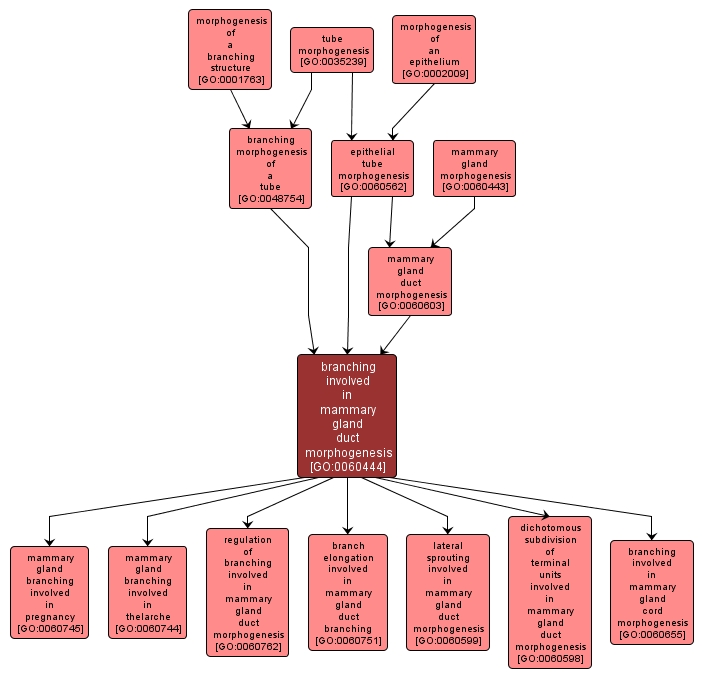GO TERM SUMMARY
|
| Name: |
branching involved in mammary gland duct morphogenesis |
| Acc: |
GO:0060444 |
| Aspect: |
Biological Process |
| Desc: |
The process by which the branching structure of the mammary gland duct is generated and organized. The mammary gland is a large compound sebaceous gland that in female mammals is modified to secrete milk. |
Synonyms:
- mammary gland branching morphogenesis
|
|

|
INTERACTIVE GO GRAPH
|














